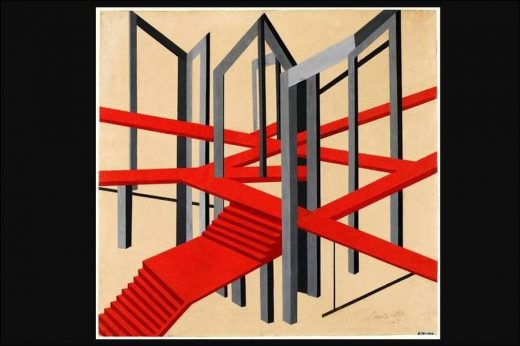The humankind has faced many different uprisings, revolutions and innovations throughout its existence in the world. With the industrial revolution, human beings met with the age of technology and machinery, with the establishment of factories and the replacement of the products produced with manual labor from local benches by industrial productions from machines with mass production, humanity entered a completely different era.
The Industrial Revolution, which opened the doors of a whole new dimension in terms of economic production, made its mark not only in production and economy, but also in art and architecture, with all these new perspectives it brought.
At the beginning of the 20th century, constructivism, which is a natural result of all this industrialization, is a contemporary and industrial art movement that takes its inspiration from the mechanized and uniformized world and makes its impact felt in many fields such as painting, sculpture, photography, design and architecture.
So, what is this ‘Constructivism’, what distinguishes it from other art movements and what caused it to spread rapidly and make a sound in the world? Constructivism is a contemporary art movement that focuses on synthesizing machine and human consciousness, tries to use industrial materials and techniques in art and architecture, and creates productions based on more concrete and geometric forms while doing all this.
Contrary to the art movements that emerged with the traditional, classical materials and forms in the past, Constructivism has succeeded in becoming a revolutionary movement by accepting the contemporary world and its benefits and creating products with a brand new perspective, and has laid the groundwork for many modern art movements that will occur afterwards.
Constructivism, which advocates being scientific in art and architecture by using contemporary and industrial materials, has been a trend that is at the edge of criticism as well as being supported and adopted. Although it lost its popularity in 1932; continues to show its effects today and maintain its place on the important shelves of modern art history.
Visits: 237



